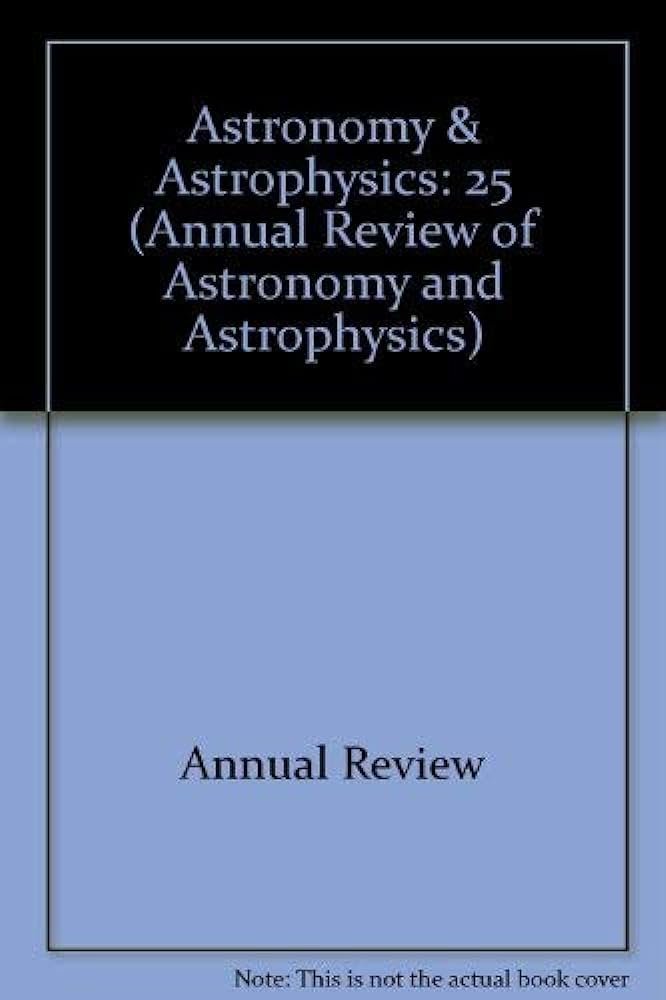星系中的尘埃衰减规律
IF 32.5
1区 物理与天体物理
Q1 ASTRONOMY & ASTROPHYSICS
Annual Review of Astronomy and Astrophysics
Pub Date : 2020-01-09
DOI:10.1146/annurev-astro-032620-021933
引用次数: 74
摘要
了解星系中尘埃衰减曲线的性质及其形成的物理机制是星系外天体物理学的基本问题之一,对推导星系的物理性质具有重要的现实意义。衰减曲线是由尘埃颗粒特性、尘埃含量、尘埃的空间排列和不同恒星群共同作用的结果。在这篇综述中,我们评估了该领域的状态,特别注意消光曲线作为衰减规律的组成部分。本文介绍了表征消光和衰减曲线的定量框架,提出了解释经验结果的理论基础,概述了一系列观测方法,并回顾了低红移和高红移的观测结果。我们的主要结论包括:▪衰减曲线表现出广泛的紫外线透过光学斜率,从浅(银河系状)斜率曲线到超过小麦哲伦云消光曲线斜率的曲线。▪曲线的斜率与有效光学不透明度密切相关,从某种意义上说,具有较低尘柱密度(较低的视觉衰减)的星系往往具有较陡的斜率,而具有较高尘柱密度的星系具有较浅(灰色)的斜率。▪星系表现出2175-Å紫外线碰撞强度的范围,包括没有碰撞,但平均而言,与平均银河系消光曲线相比,被抑制了。▪理论研究表明,坡度和尘柱之间的相关性以及凹凸强度的变化可能是几何和辐射传递效应的结果。本文章由计算机程序翻译,如有差异,请以英文原文为准。
The Dust Attenuation Law in Galaxies
Understanding the properties of dust attenuation curves in galaxies and the physical mechanisms that shape them are among the fundamental questions of extragalactic astrophysics, with great practical significance for deriving the physical properties of galaxies. Attenuation curves result from a combination of dust grain properties, dust content, and the spatial arrangement of dust and different populations of stars. In this review, we assess the state of the field, paying particular attention to extinction curves as the building blocks of attenuation laws. We introduce a quantitative framework to characterize extinction and attenuation curves, present a theoretical foundation for interpreting empirical results, overview an array of observational methods, and review observational results at low and high redshifts. Our main conclusions include the following: ▪ Attenuation curves exhibit a wide range of UV-through-optical slopes, from curves with shallow (Milky Way–like) slopes to those exceeding the slope of the Small Magellanic Cloud extinction curve. ▪ The slopes of the curves correlate strongly with the effective optical opacities, in the sense that galaxies with lower dust column density (lower visual attenuation) tend to have steeper slopes, whereas the galaxies with higher dust column density have shallower (grayer) slopes. ▪ Galaxies exhibit a range of 2175-Å UV bump strengths, including no bump, but, on average, are suppressed compared with the average Milky Way extinction curve. ▪ Theoretical studies indicate that both the correlation between the slope and the dust column as well as variations in bump strength may result from geometric and radiative transfer effects.
求助全文
通过发布文献求助,成功后即可免费获取论文全文。
去求助
来源期刊

Annual Review of Astronomy and Astrophysics
地学天文-天文与天体物理
CiteScore
54.80
自引率
0.60%
发文量
14
期刊介绍:
The Annual Review of Astronomy and Astrophysics is covers significant developments in the field of astronomy and astrophysics including:The Sun,Solar system and extrasolar planets,Stars,Interstellar medium,Galaxy and galaxies,Active galactic nuclei,Cosmology,Instrumentation and techniques,
History of the development of new areas of research.
 求助内容:
求助内容: 应助结果提醒方式:
应助结果提醒方式:


